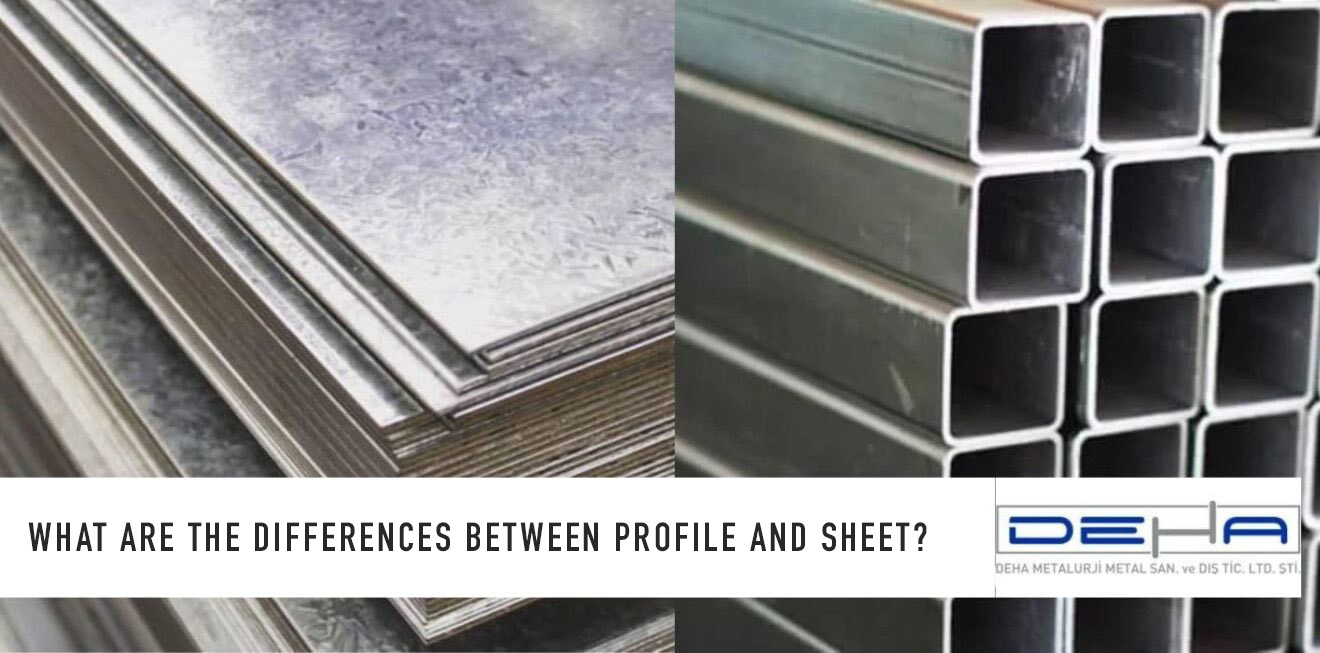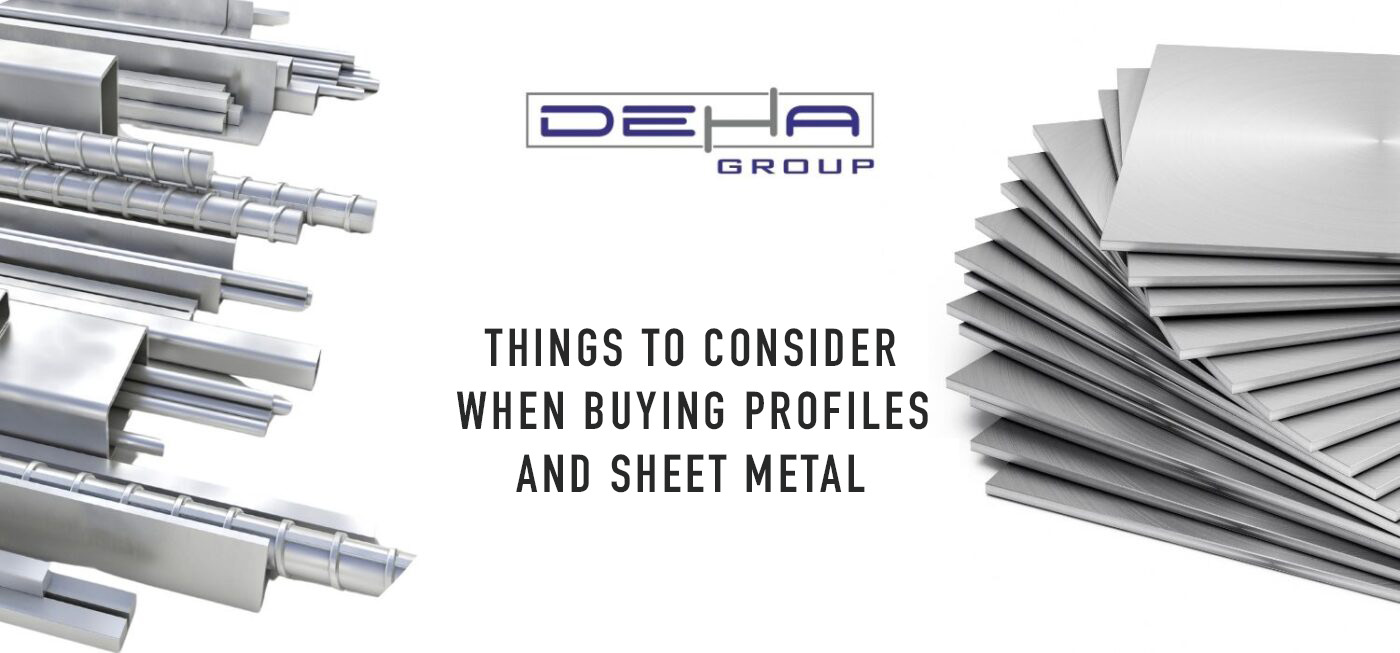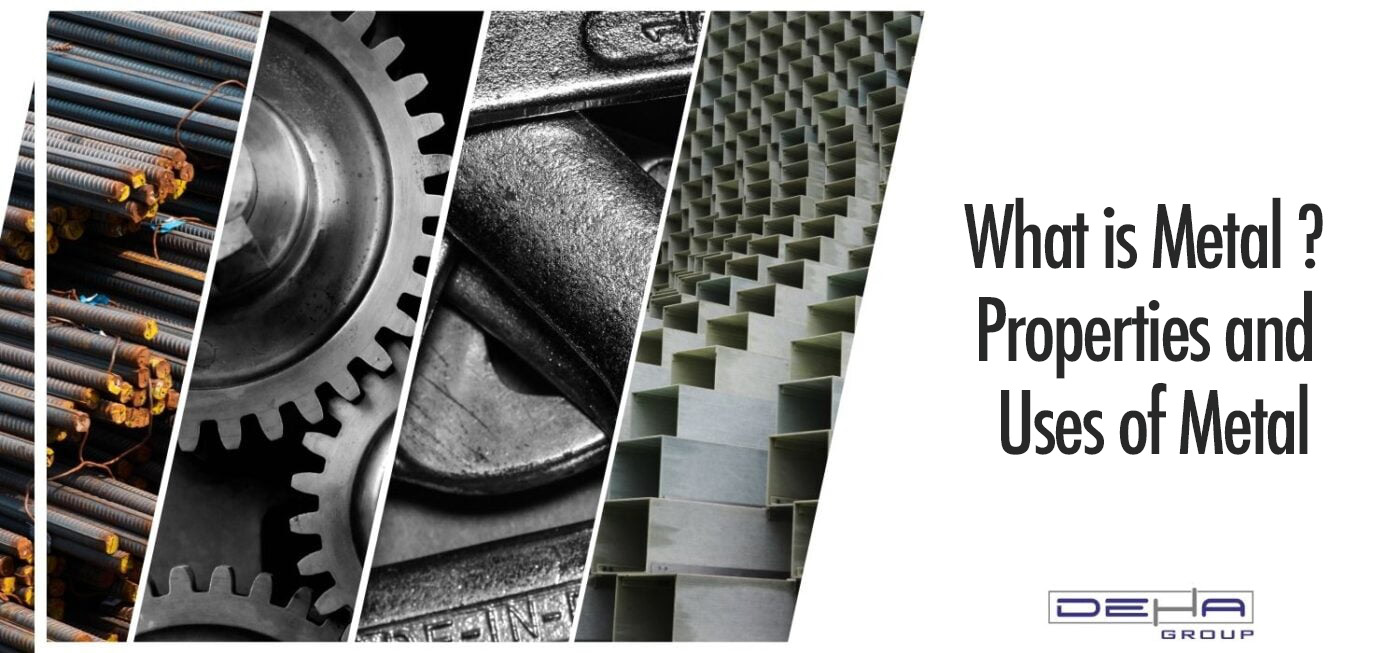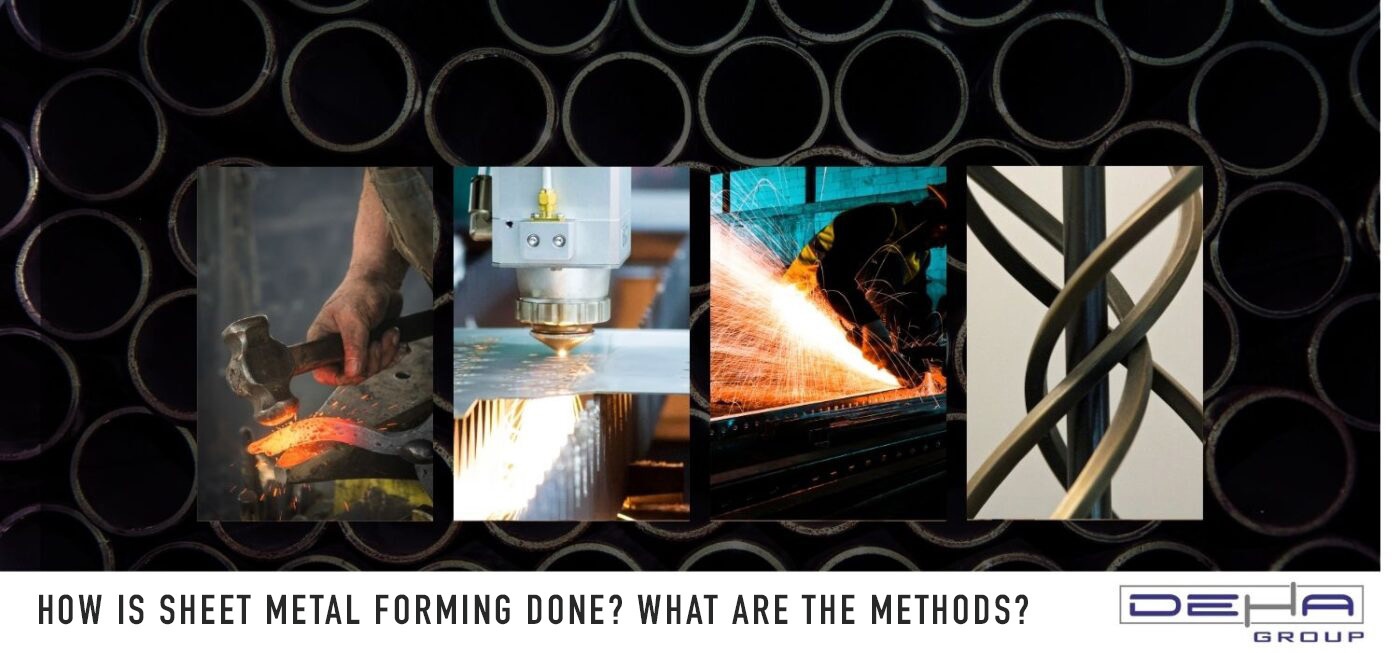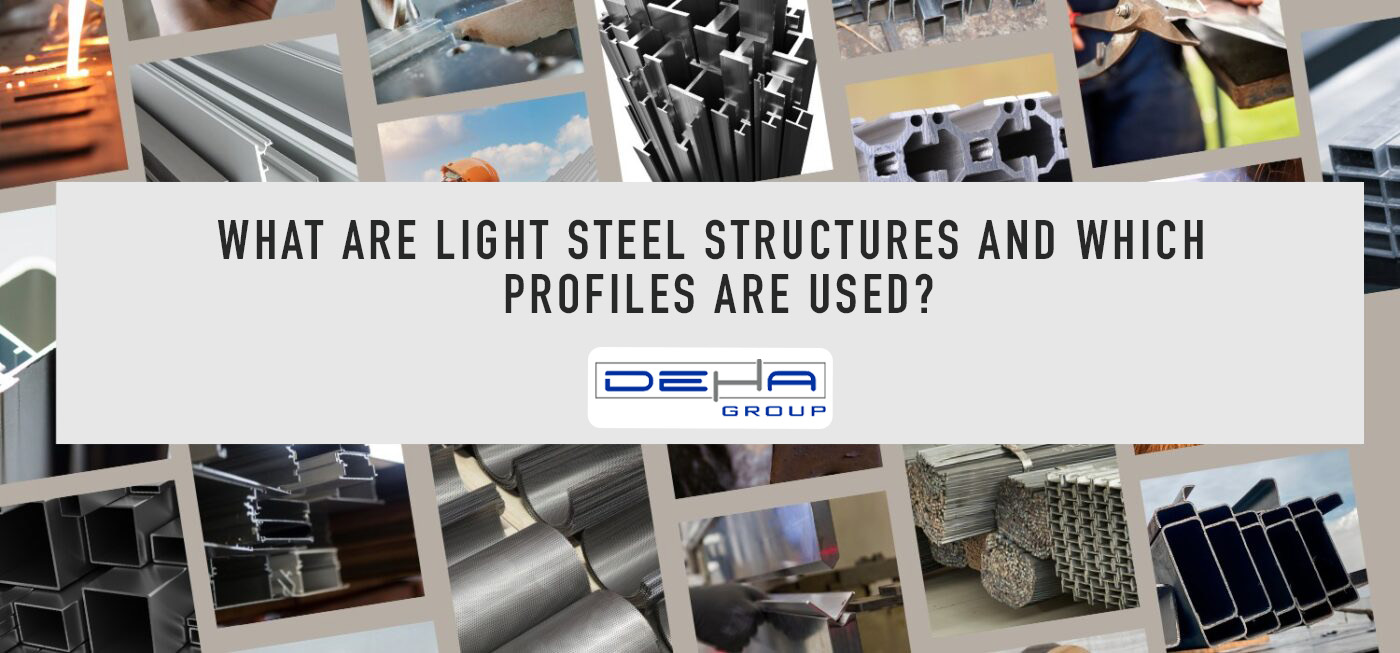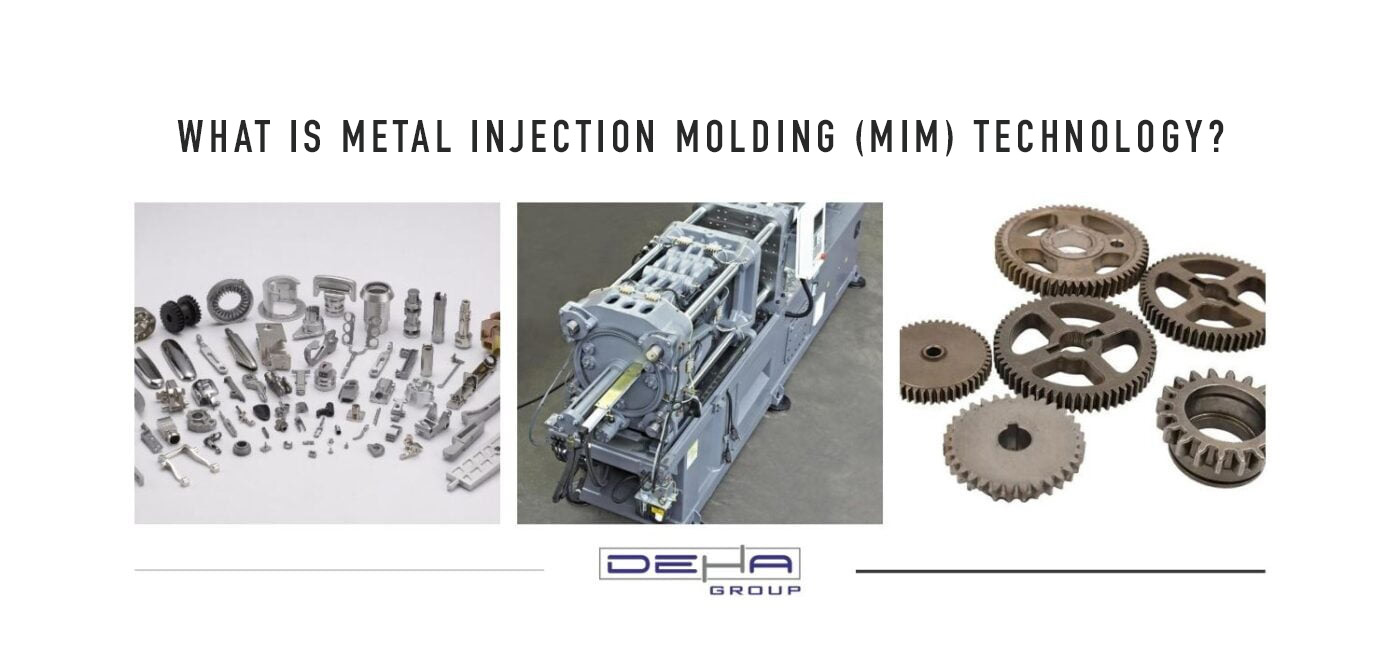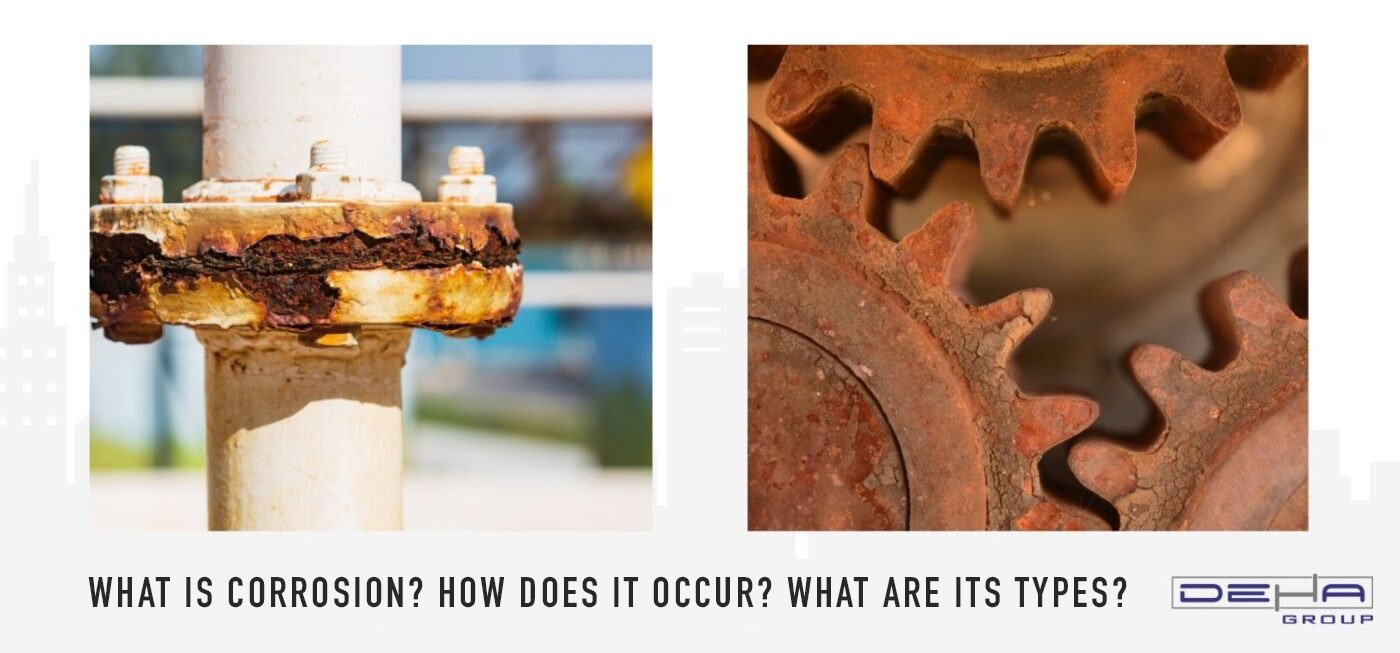
Corrosion is the gradual deterioration or wearing away of metal or other materials as a result of chemical or electrochemical reactions with environmental effects. This process typically occurs when metals interact with oxygen, water, or other chemical substances. As a result of corrosion, the durability of the material decreases, and its functionality may be impaired.
Corrosion typically begins when metal interacts with oxygen present in the atmosphere or in water. Oxygen on the metal's surface binds with metal atoms to form metal oxides or hydroxides. The presence of water, in particular, accelerates these chemical reactions because it provides a medium for chemical reactions on the metal surface and facilitates the diffusion of oxygen to the metal surface.
The corrosion process generally includes the following steps:
Absorption of Oxygen on Metal Surface: Oxygen on the metal surface reacts with metal atoms to form metal oxides or hydroxides. For example, the reaction of iron with oxygen results in the formation of iron oxide (rust).
Electrochemical Reactions: Corrosion is usually an electrochemical process. Different electrochemical potentials can form on the metal surface. Anodic and cathodic areas may develop on specific regions of the metal. In anodic areas, metal oxidation (the release of ions from the metal) occurs, while in cathodic areas, reduction (the gain of electrons by ions) happens. These potential differences can increase the rate of corrosion, similar to electrochemical cells.
Electron and Ion Movement: During the corrosion process, electrons on the metal surface move from anodic areas to cathodic areas. This electron flow triggers and sustains chemical reactions on the metal surface. At the same time, metal ions can dissolve in the water environment and be transported within the water.
Formation of Corrosion Products: The metal oxides or hydroxides formed on the metal surface can lead to changes such as rusting or whitening of the surface. These corrosion products often reduce the metal's durability and may lead to continuous formation of new corrosion reactions on the surface.
The corrosion process is influenced by various factors. Environmental conditions such as humidity, saltwater, and acids can increase the rate of corrosion. Additionally, the type of metal and protective coatings on the surface can alter corrosion resistance. Without preventive measures, corrosion can reduce the durability of materials, compromise structural integrity, and result in significant costs. Therefore, it is important to take protective measures against corrosion to ensure the longevity of materials.
Corrosion is a process that gradually reduces the durability and functionality of materials, and it can be brought under control with various measures. Here are detailed and unique methods for preventing corrosion:
Use of Protective Coatings
Paints and Varnishes: Paints or varnishes applied to metal surfaces prevent direct contact of the metal with water and oxygen. These coatings also provide protection against mechanical damage.
Galvanizing: The galvanized layer formed by coating steel or other metals with zinc protects the steel surface from corrosion. Galvanizing is based on the principle of zinc working anodically to protect the steel.
Use of Stainless Steel
Stainless steel is especially preferred in environments requiring high corrosion resistance. This material has anti-rust properties due to its chromium and nickel content.
Electroplating: This method involves the electrochemical coating of the metal surface with protective metals such as zinc, nickel, or chromium. These coatings enhance the metal's resistance to corrosion.
Alloy Selection
Some alloys may be more durable, particularly in certain chemical environments. For example, aluminum-magnesium alloys are more resistant to seawater corrosion. Metal parts can be protected from corrosion by keeping them under protective atmospheres with inert gases (e.g., nitrogen or argon) during storage or processing. Cathodic protection systems are used to prevent the corrosion of large metal structures or ship hulls. In these systems, an electrical current is applied to the metal structure, reducing the anodic reaction of the metal and providing protection. Regular cleaning of metal surfaces and maintenance of protective coatings play an important role in preventing corrosion. Dirt and moisture can accelerate the corrosion process.
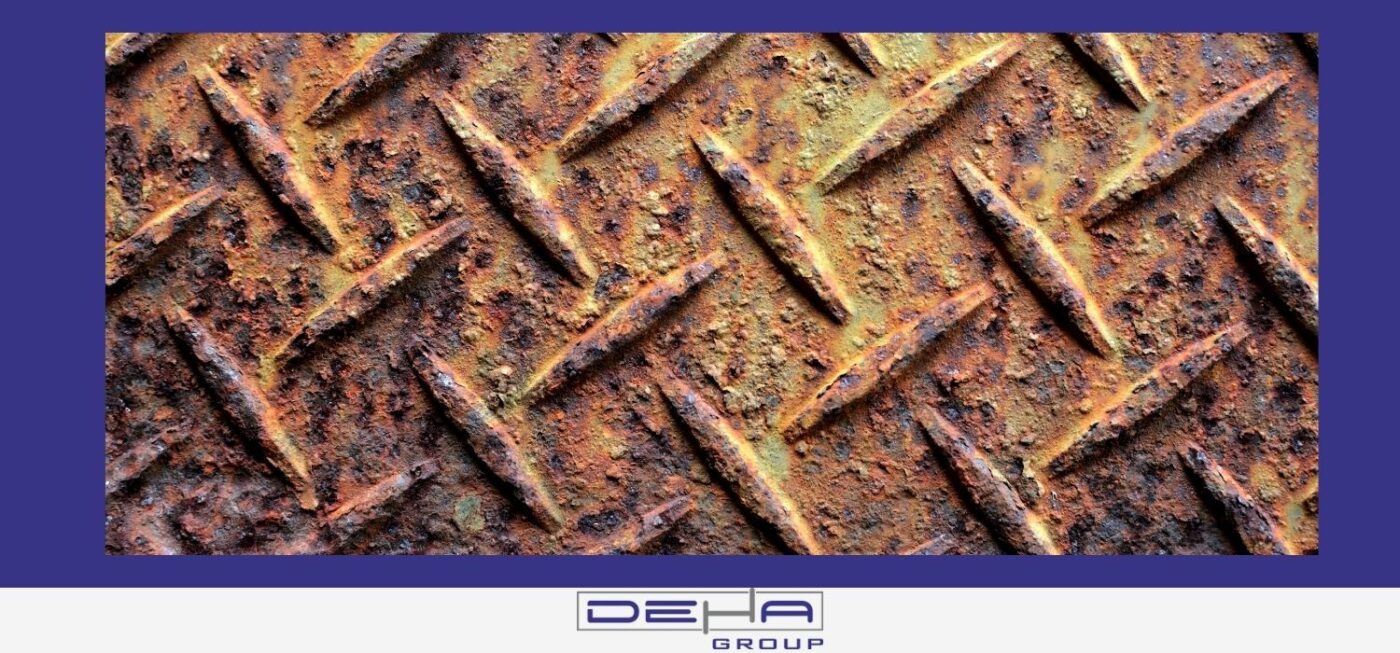
Corrosion Inhibitors
Some chemicals are used to enhance the corrosion resistance of metal surfaces. These inhibitors slow down or stop corrosion reactions by forming a protective layer on metal surfaces.
Preventing corrosion is of great importance for ensuring the longevity of materials and achieving cost savings. Determining the most suitable protection methods for each application depends on the environment and conditions in which the material will be used. Therefore, a multifaceted approach should be adopted in combating corrosion.
Corrosion is a phenomenon that can occur in various forms and reduces the durability of materials. The main types of corrosion are:
General Corrosion (Uniform Corrosion)
In this type of corrosion, the metal surface wears down and thins uniformly. It is usually seen in environments where the metal is in continuous contact with water or moisture.
Localized Corrosion
Corrosion occurs in concentrated areas on the metal surface. Types of localized corrosion include:
Pitting Corrosion: This is a form of localized corrosion observed as small pits or holes. Small holes can form on the metal surface.
Crevice Corrosion: Occurs in deeply etched or recessed areas. This type of corrosion is more frequently found in pointed or cornered areas of the metal.
Crack Corrosion: Occurs in cracks or microcracks on the metal surface. Water and oxygen accumulate in the cracks, accelerating corrosion.
Galvanic Corrosion: Arises when two metals with different electrochemical properties come into contact. In the presence of an electrolyte, the more active metal corrodes faster. For example, galvanic corrosion can occur from the contact between different metals like zinc and iron.
Stress Corrosion: The condition where metal becomes susceptible to corrosion and crack formation. It usually occurs in environments where the material is under stress, especially in hot and humid conditions.
High Temperature Corrosion: Corrosion can occur from the oxidation or other chemical reactions of metal at high temperatures. It is especially encountered in high-temperature environments, such as industrial furnaces and boilers.
Chemical Corrosion: Corrosion can form on the metal surface due to the effects of chemicals. Acids, bases, or other chemical solutions can affect the metal surface and cause corrosion.
Each type of corrosion occurs under different conditions and specific environmental influences. To enhance the durability of materials and prevent corrosion, appropriate protective measures should be taken according to their areas of use.

 TR
TR

